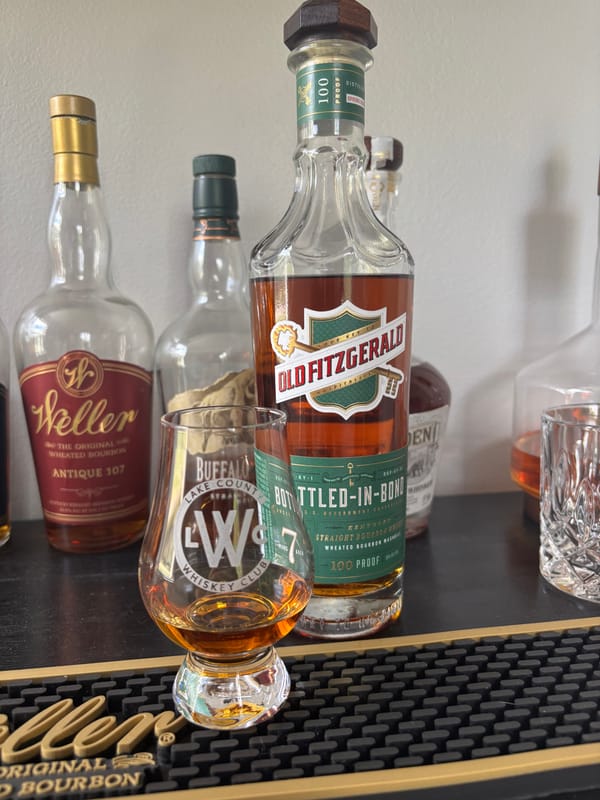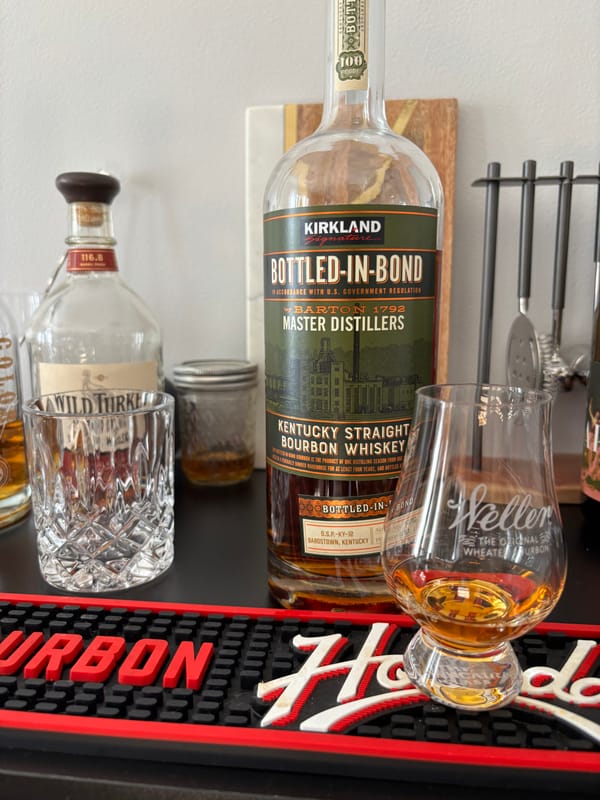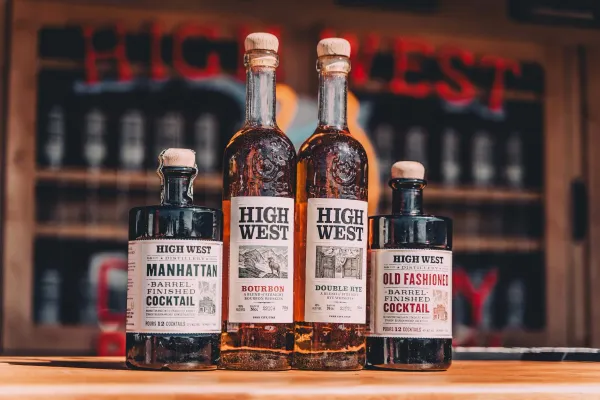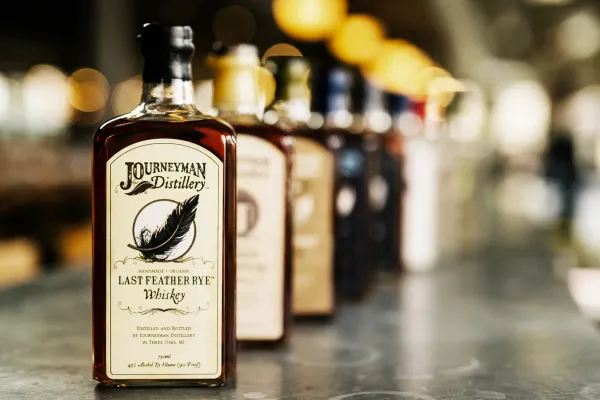Whiskey Bottle Volume Regulations: The Measure You’ll Wish You’d Known Sooner

Minimum Bottle Volume Regulations: The Whiskey Size You Can’t Skip
Minimum bottle volume regulations for whiskey aren’t just measurements. They’re the legal standards that ensure consistency and fairness in every bottle’s size. If you don’t know these regulations, you’re missing the measure that standardizes every sip. For whiskey enthusiasts eager to understand packaging, this is the solid truth about whiskey bottle volume regulations, grounded in legal standards and craft, and a 2025 must-know.
What Are Whiskey Bottle Volume Regulations?
U.S. law mandates whiskey (bourbon, rye, etc.) be bottled in standard volumes—50ml, 100ml, 200ml, 375ml, 750ml, 1L, or 1.75L—with labels stating net contents accurately. Scotch and Irish whiskey (Scotch Whisky Regulations 2009, Irish Whiskey Act 1980) typically use 700ml or 750ml in global markets, with regional variations (e.g., 500ml in some countries). These volumes, set post-aging (two-plus years for U.S., three-plus for Scotch/Irish), ensure consumer clarity for whiskeys at 80 proof minimum, reflecting production like fermentation (8-10% ABV) and distillation (160-190 proof max).
How Bottle Volume Shapes Whiskey
The 750ml bottle, standard in the U.S., balances affordability and shelf life for bourbon’s caramel notes, aged in Kentucky’s climate (20-100°F). Smaller 50ml bottles suit sampling rye’s clove intensity, while 1L bottles cater to Scotch blends in Europe, preserving malty fruit post-aging (four to eight years) in Scotland’s climate (40-65°F). Regulations prevent non-standard sizes (e.g., 600ml), ensuring market consistency and accurate proof labeling (80-120 proof). Compliance avoids consumer confusion, with bottling lines calibrated to precise volumes to maintain flavor integrity.
Why Bottle Volume Matters for Your Sip
A bourbon at 80 proof in a 750ml bottle delivers consistent caramel warmth, while a Scotch at 86 proof in a 700ml bottle offers reliable malt, per legal standards. Non-standard volumes risk regulatory violations. Every sip reflects the measure’s standardized role, making your next bottle a dependable expression of its size.
Why Minimum Bottle Volume Regulations Matter in 2025
Whiskey bottle volume regulations are the spirit’s sizing blueprint. By 2025, understanding these standards could make every sip a clear taste of consistent craft, from bold to refined. It’s the truth in the measure, so don’t miss the size.
Check out NEAT: Whiskey Finder—it’ll help you track down bourbon and whiskey near you.





